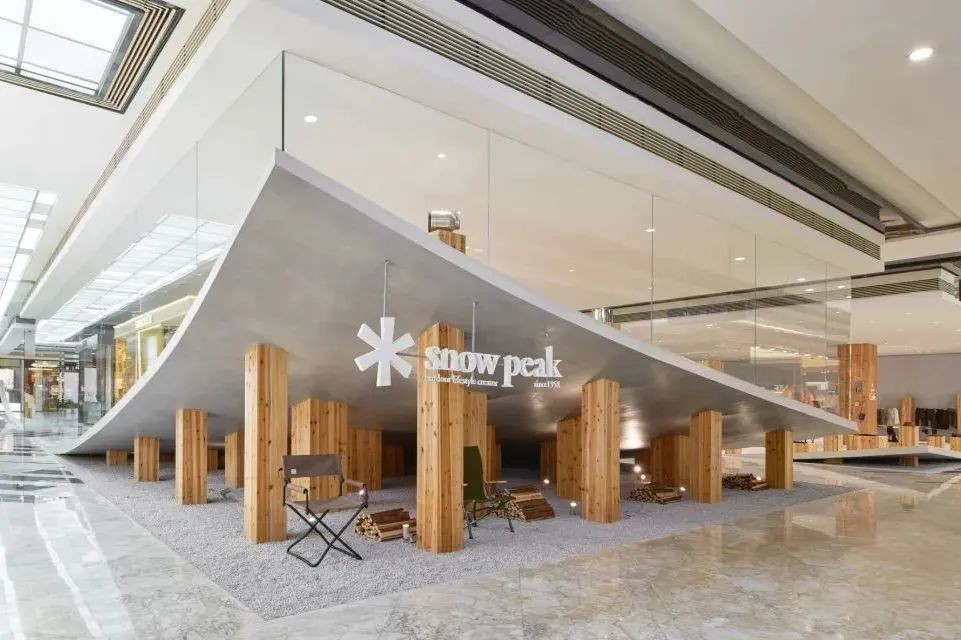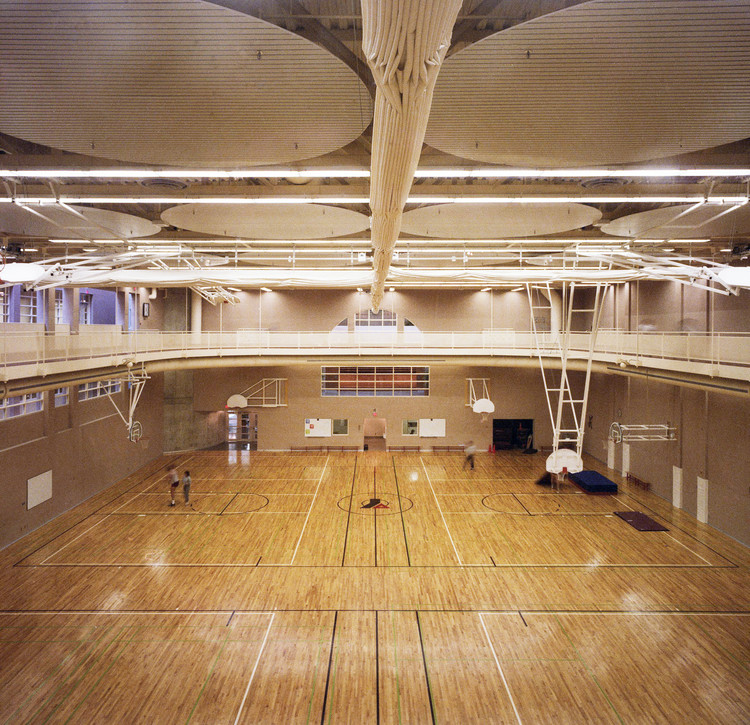La Tequila South Restaurant LOA
2014-02-14 01:00
架构师提供的文本描述。这家餐厅位于墨西哥瓜达拉哈拉市南缘的一个购物中心内。该项目面临的最大挑战是重新思考一个拥有近20年历史的企业的美学和建筑特征。在过去的18年里,La Tequila一直以墨西哥美食的首要目的地而闻名于世,不可避免的是,围绕着它的建筑营造了一种传统的氛围。除了保存和修订身份的任务外,该项目还力求建立一个建筑标准,以便在更多的开口中加以复制;该标准将在较小的空间内实施,并必须促进精简运作。
Text description provided by the architects. The restaurant is located within a shopping complex, at the southern edge of the city of Guadalajara, Mexico. The biggest challenge for the project was to rethink the aesthetic and architectural identity of a business with almost 2 decades of history. Throughout the last 18 years, La Tequila has made itself a reputation as the city’s premier destination for Mexican cuisine, and inevitably, an aura of tradition had been built around its architecture. Aside from the task of preserving and revising identity, the project sought to establish an architectural standard that would serve for replication in further openings; it was to be effected in a smaller space and had to facilitate a streamlined operation.
在设计过程中的第一步是产生一个最优的布局。最初的空间规划考虑了场地短期方向上的阁楼;我们决定把它作为一个纵向单元,要求足够的地下空间,包括整个厨房。这种可供选择的配置允许一个宽的,开放的前沿,揭示了准备的顺序,并参与了就餐区域。此举产生了一个直接的,明显的操作优势:一个更宽的厨房柜台意味着有更多的空间收集盘子,并有助于缓解服务器流量。此外,清理场地纵轴的决定允许通过南面一系列可操作的窗户进行自然交叉通风。在剩下的双高度空间的中心,一条钢制的楼梯蜿蜒而上,一直延伸到阁楼。在楼梯的拐弯处伸出一个悬臂式的落地,作为进行品尝活动的领奖台。
The first step in the design process was to produce an optimal layout. The original plans for the space considered a mezzanine in the short direction of the site; we decided to flip it as a longitudinal element that would claim enough space underneath to include the entire kitchen. This alternative configuration allowed for a wide, open front that revealed the sequence of preparation and engaged the dining area. This move yielded a direct, obvious operational advantage: a wider kitchen counter meant more space for collecting dishes and helped ease server traffic. Furthermore, the decision to clear the longitudinal axis of the site allowed for natural cross-ventilation through a series of operable windows on the south façade. At the center of the remaining double-height space, a steel stairway zigzags its way up to the mezzanine. A cantilevered landing sticks out at the stair’s inflection and serves as a podium from which to conduct tasting events.
建筑物以北的户外区域有餐厅平台和酒吧。前者提供了座位空间,在一个木制的板状天篷下悬挂蕨类植物。后者表现为厨房酒吧元素的室外延续,旁边是高高的凳子;它的倾斜几何图形鼓励了坐在吧台相邻两侧的顾客之间的对话。
The outdoor area north of the building houses a dining terrace as well as the bar. The former provides seating space under a wooden slat canopy with hanging ferns. The latter is expressed as an outdoor continuation of the kitchen bar element, flanked by tall stools; its oblique geometry encourages conversation between customers seating on contiguous sides of the bar.
丰富的乡村质感,精确地应用于当代建筑语言中,类似于餐厅的菜肴,它采用了传统的墨西哥菜谱,并将它们转换成现代环境。
The abundance of rustic texture, applied with precision onto a contemporary architectural language is analogous to the restaurant’s cuisine, which takes traditional Mexican recipes and transposes them to a modern context.
最具代表性的物质元素是从最初的概念中提取出来的,目的是为新的分支注入一种认同感。这些元素中有一些是未经修改的,而另一些则是重新解释的。第一家餐厅的墙壁上覆盖着当地生产的红砖,同样的红砖也被雇佣在新的分店里,堆放着几乎看不见的灰泥缝。在南立面上,砖块结合发生变化,砖块与空隙交替,形成一堵屏风墙,唤起墨西哥传统的砖墙,并减少直接的太阳能增益。白天,室内双高空间充满了自然光线,透过屏幕渗透进来,以及在楼梯上方盘旋的大天窗。地板是由传统的,地方生产的瓷砖,它展示了一个几何挂毯的光色调,帮助阳光更深地进入不同的空间。木材是从最初的概念中提取出来的另一个关键材料,它被用来建造所有的家具和覆盖掉的天花板。
The most representative material elements were extracted from the original concept in order to inject a sense of identity into the new branch. Some of these elements were derived unaltered while some others were reinterpreted. The same locally produced red brick that covers the walls of the first restaurant was employed in the new branch and stacked with virtually invisible mortar joints. On the south façade the brick bond changes as bricks alternate with voids to create a screen wall that evokes traditional Mexican brick screens and reduces direct solar gain. During the day the interior double-height space is flooded with natural light that seeps in through the screen as well as through the large skylight hovering above the stairway. The floor was made from traditional, regionally produced tile and it displays a geometric tapestry of light hues, which help sunlight travel deeper into the various spaces. Wood is another key material component that was retrieved from the original concept; it was used to construct all the furniture and to cover the dropped ceilings.
 举报
举报
别默默的看了,快登录帮我评论一下吧!:)
注册
登录
更多评论
相关文章
-

描边风设计中,最容易犯的8种问题分析
2018年走过了四分之一,LOGO设计趋势也清晰了LOGO设计
-

描边风设计中,最容易犯的8种问题分析
2018年走过了四分之一,LOGO设计趋势也清晰了LOGO设计
-

描边风设计中,最容易犯的8种问题分析
2018年走过了四分之一,LOGO设计趋势也清晰了LOGO设计






























































